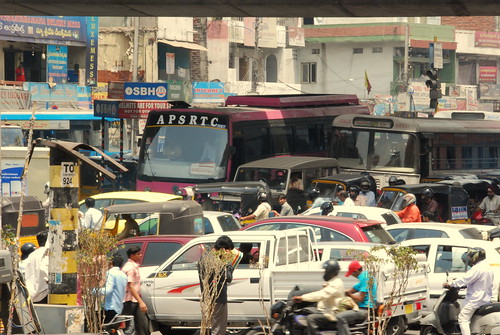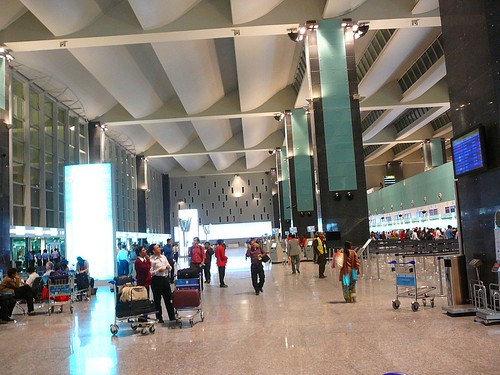New York Nonsense: Manhattan DA Files Charge Against Cyclist Attacked by SUV Driver in Bike Lane
In a bizzare case of a DA-gone-wild, a poor cyclist is being penalized for trying to warn a behemoth SUV driver. Read the story below reported by our friends at Streetsblog:
The Manhattan DA’s office is filing charges of criminal mischief against a cyclist, Ray Bengen, because he allegedly caused property damage to a multi-ton SUV in the process of getting doored by the driver. Too ridiculous to be true? Sadly, no. Here’s how it happened.

Image Courtesy - Streetsblog: Ray Bengen, pictured here lying on the sidewalk beneath the driver who knocked him off his bike, will face charges of criminal mischief in Manhattan criminal court next month
Bengen, 63, was riding down the Ninth Avenue bike lane on May 21 when he came across the Ford Excursion you see in this photo (curb weight: 7,190 lbs). A long-time city cyclist, Bengen had a green light and wasn’t quite sure what to make of the vehicle in front of him. The car wasn’t moving and its brake lights were off.
The bike lane on this stretch of Ninth Avenue is part of the city’s first on-street protected bike path. At the 20th Street intersection, where Bengen came across the car, there’s a left-turn bay for vehicles and an exclusive green phase for cyclists. The Excursion, as you can see, was in the bike lane, not the left-turn bay.
Bengen rode slowly by on the left. Then he sensed the car start to move as he was passing. Alarmed, he slapped the side of the car with his palm in an effort to alert the driver as to his presence. A witness, who Bengen says has agreed to testify in court, snapped three pictures of what happened next. We’ll let Bengen describe it:
The driver then went berserk. Talk about road rage. He threw open his door forcing me and my bike to the ground giving me some awful bruising down my leg. As I was now on the ground yelling at him that he’s in a bike lane and was just about to run me over, he started to scream at me “Don’t even think about it, don’t even think about it.” I’m still not sure what he meant by that. With me lying on the ground quite shaken, he suddenly stopped his assault and did something very unexpected. He moved away from me, picked up my bike where it was nearly underneath his truck. He then stood it up on its kickstand, and got back in the truck and drove away left into 20th street.
Last week, Bengen received a phone call from Detective Christopher Cipolli at the 10th Precinct. Officers from the precinct had arrived at the scene promptly following the altercation, Bengen says, and Cipolli had been very helpful during the investigation that followed. So it was with an apologetic tone that the detective informed Bengen that he had to come down to the precinct on Friday. The reason? Because the Manhattan DA had filed charges of criminal mischief against him. (The DA’s office is also pursuing assault charges against the SUV driver.)
“I had to go through the very humiliating process of being handcuffed and put into an interview room — locked and barred — for an hour or so,” Bengen recalled. After a fingerprint check, Bengen was released. He has a date in Manhattan criminal court set for July 14. The driver will appear on the 13th.
Click here to read the rest of this interesting article and for more pictures of the incident.
TransportGooru Musings:
(1). The DA’s actions are squarely against New York City’s efforts to promote bicycling.
(2). If the prosecutor had any common sense & logic, he would seen that anyone who is about to get hit by a behemoth SUV would take preventive actions to warn the driver. What Ray Bengen did by banging on the door trying to get the SUV driver’s attention is akin to blowing the horn to get a drivers attention.
(3). After reading the victim’s account of the incident, it will be obvious even to the dumbest idiot on the planet that the cyclist had all the rights to stay in his designated lane.
Let’s hope Ray Bengen comes out victorious in his fight against this murkey world of law and order. Stay tuned for Streetsblog updates on this case as it evolves.







